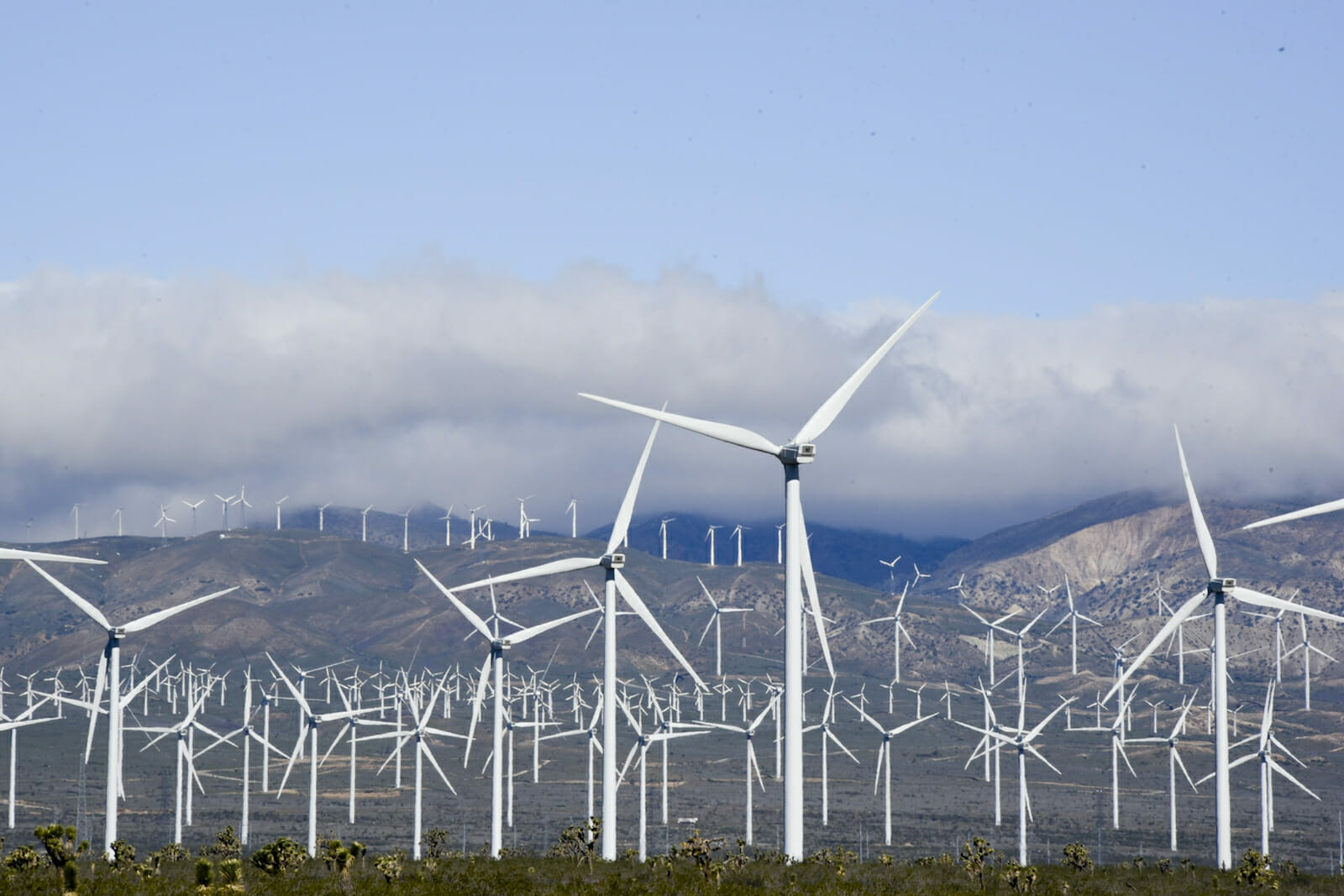
Testing Seoul’s Green Energy Abroad
In what is widely considered as Seoul’s next step in becoming a heavy weight in the world of alternative energy technology, South Korean state owned energy giant, Korean Electric Power Company (KEPCO) will develop a massive offshore wind farm project on the southwest coast of the country. The network of wind turbines will boast a 2.5-gigawatt yield and when completed by 2016, it will be the largest of its kind.
Still, in comparison to its counterparts in Europe and China, South Korea’s entry into the world’s alternative energy market is late and untested. But under South Korean President Lee Myung-bak’s administration, the move towards a “Greener Growth” has spurred a multibillion-dollar industry at home and now its sights are set abroad.
South Korean state-owned energy firms and corporate chaebol giants have taken heed from Seoul and are expanding the country’s young green energy capabilities all around the globe. In the process, politics and business have mixed and South Korean green technology has become a tool for diplomacy. Especially for a young player in the alternative energy market, South Korea has intentionally fashioned itself as an eager investor placing bets on projects that not only serve to yield profit but also political gain for the host.
This past April, negotiations began between the municipality of Kanjiza in Serbia and South Korean company Hyundai Heavy Industries over the construction of the country’s first ever 5-megewatt solar plant, worth around $15 million. In addition to the solar plant, Kanjiza would also have an energy park, which would serve as an education center for experts in solar energy. Hyundai’s cooperation with Kanjiza comes at a time when the Serbian government has been making efforts to develop its own renewable energy market.
Another major project was rolled out in August, when another South Korean giant, Samsung C&T Corporation, signed a $7 billion energy deal to build solar and wind energy plants in Ontario, Canada. When completed, this project in slated to have a 2,000-megawatt wind capacity and 500-megawatt solar capacity. On the local level, the Samsung energy deal has become a part of the Ontario Premier Dalton McGuinty’s political effort to rejuvenate the Province’s high levels of unemployment and his suffering popularity. McGiunty has been quick to point out that this major energy development would produce 200 new permanent manufacturing jobs and will make Ontario one of the world leaders in renewable energy.
Early in November, state-owned gas company Korea Western Power and CHT Korea agreed to invest in Russia’s mega-tourist project, a massive network of ski resorts spanning from the Caspian Sea to the Black Sea. Pledging a total of $1 billion, the South Korean companies have been given the mandate to develop and manage the transportation and sale of eco-friendly energy in almost the entire North Caucasus. According to the North Caucasus Resorts Company, the state owned firm running this project, South Korea’s investment will bring 20,000 new jobs and energy infrastructure to a restive area in dire need of development and employment.
Finally, in more recent news, South Korea has agreed to provide Pakistan a $20 million investment in the development of a three-megawatt solar plant in the city of Hyderabad. This amount is only part of a larger $100 million, appropriated for broader South Korean investment in Pakistan’s energy sector. This major investment announcement is part of a greater political effort to develop bilateral trade between the two countries, which currently sits at $1 billion.
Next month, Pakistani President, Asif Ali Zardari, will be visiting Seoul in an attempt to shore up South Korean investment in his country. South Korea’s expansion of its green energy technology and capabilities abroad is a bold step for a country that is just catching up with the front-runners. Despite progress in securing investment opportunities, there is still one major challenge facing South Korea: the industry is still young.
In a market dominated by European and Chinese companies, South Korean counterparts have been facing stiff competition in even the domestic market base. Though South Korean products may not be inferior in quality, the product and expertise history, especially in wind energy, is still lacking. Furthermore, the unavailability of space and an environment that is not conducive to wide scale production of solar and wind energy on the southern Korean peninsula further exacerbates this problem.
This perhaps explains South Korea’s willingness to gamble by investing its young green energy industry abroad. Just as it had sought to claim a stake in the automotive industry back in the 1990s, South Korea today is seeking to be a major exporter of alternative energy. It would be worth watching South Korea as many of these projects are completed and Seoul’s reputation as a world leader in green technology is put to the test.

